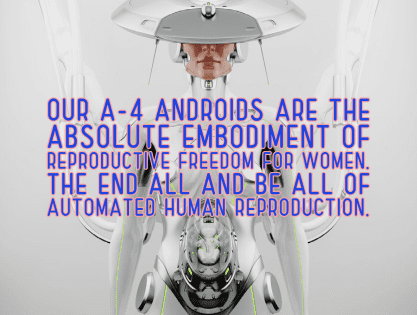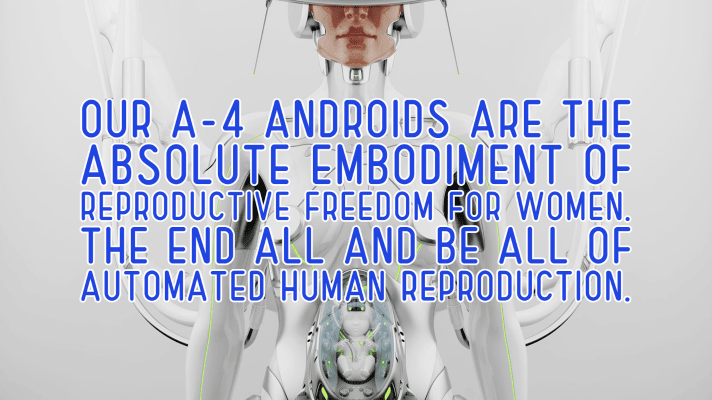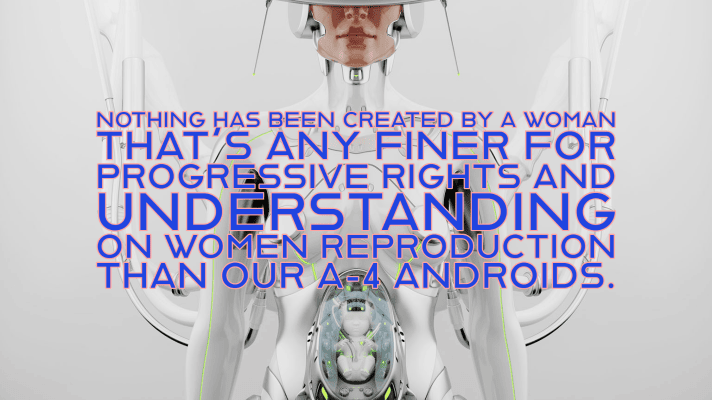Some pro-life jurisdictions erected border check points along state lines to ensure no one was seeking an abortion in another state. And other local jurisdictions refused to work with each other based on their abortion stance. In some locations, the local authorities stopped for inspections the smuggling of abortive pills via interstate commerce using pill sniffing dogs. The same occurred at airports in certain pro-life states.
There were challenges brought forth, but without the US Congress using its powers in the 14th amendment to regulate rights not expressed in the US constitution, many of these cases fell back to the 10th and 9th amendments. Leaving things to the individual states to determine what they did not spell out. The only thing the courts did was show if due process was being violated or similar state restrictions on liberties spelled out in the constitution.
The WTF Act
One thing did come out of this time of chaos, the “WTF Act” as coined by Tiffany McKenzie, a popular podcaster of the time. The actual name was the Fuller-McFadden Woman’s Act. The act was a major bi-partisan attempt to calm down the nation by bolstering funding to each side for various woman programs across the nation. In the act was federal funding for women in pro-choice states for abortions, but only if the state recognized the male reproductive right. The male reproductive right was that in any state where abortion was legal, a male’s parental obligations were on an at-will basis should their offspring exist at any stage of development. Pro-choice states that opted in enshrined in their constitutions that a woman’s rights to have or not have an abortion trumped a man’s at-will reproductive right while she was carrying. This was done to ensure the woman wasn’t pressured into a situation during pregnancy concerning the outcome. Legal challenges were done but all failed on the technicalities involving the language of the act.
For pro-life states, increased support for families and singles mothers, but in exchange, said woman had to work a minimum of twenty hours a week and be monitored by the state to ensure program compliance and catch any potential abuse. Pro-life states had to agree to specifics dealing with increased penalties and support systems for abused women to take part in the federal program. Again, challenges concerning the work requirements were made as a form slavery, but all failed due to the language of the act and previous historical precedents of similar work requirements for Federal programs.
Assisted Reproductive Technologies (ART) and In vitro fertilization (IVF)
Overtime, some Pro-Life states politically became centers focusing on ART and IVF as the alternative to abortion. With personhood bills in place, it shifted the legal focus to the creation of life, even outside of the womb. Politicians dumped both state and federal dollars into these states for increased access and technological development. This in turn began to push medical science to seek increased viability outside of the womb at earlier gestational ages, including support technologies to allow for embryonic transfers between women across state lines. Artificial womb technology continued to advance until the point that it became viable for a fertilized egg to be placed in one and matured for delivery.
China and the Cat People of Memphis
Chinese medical businesses got involved and purchased some ART/IVF clinics. They then exported to China unused embryos through a government loophole at the time of not recognizing the embryos as US citizens. They used these embryos for human-chimera experiments. Many suspected during Rosella’s time that both the Cat People of Memphis and the Badger Men of Buffalo were the end products of these earlier experiments. Rumors continue even in Rosella’s time that China has a slave army of human-primate chimeras working on Mars and the asteroid belt.
Click here to go to the Rosella Tolfree Website and read more posts.





Leave a Reply